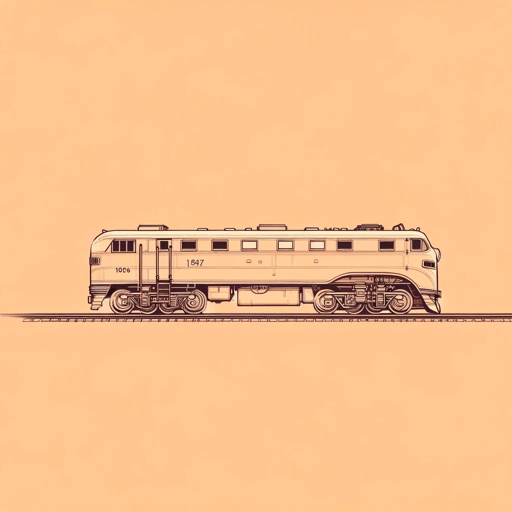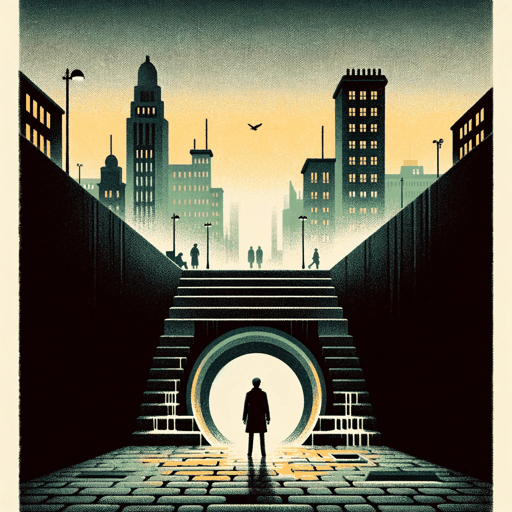28 pages • 56 minutes read
Richard WrightThe Man Who Lived Underground
Fiction | Short Story | Adult | Published in 1942A modern alternative to SparkNotes and CliffsNotes, SuperSummary offers high-quality Study Guides with detailed chapter summaries and analysis of major themes, characters, and more.
Important Quotes
“He started with terror; the siren sounded so near that he had the idea that he had been dreaming and had awakened to the car upon him.”
(Page 20)
From the opening pages of the story, Fred feels like he’s dreaming at times, even as a car is about to crash into him and compel him to go into the utility access hole. Throughout the text, he drifts between dreamscapes and the sewer, often conflating the two, as everything he sees becomes distorted by the eerie light of the underground. Its unreality adds to the sensation of being between reality and something else.
“A vague conviction made him feel that those people should stand unrepentant and yield no quarter in singing and praying, yet he had run away from the police, had pleaded with them to believe in his innocence. He shook his head bewildered.”
(Page 25)
When Fred watches a church service from a crack in the underground, he feels like he’s watching something he’s not supposed to see. Moreover, he feels that the churchgoers are wrong to ask forgiveness of a god who will never grant them escape from the world’s realities. He recognizes that he too was like them before his time in the sewer awakened his brain to the way the world really functions.
“Yes, these people were children, sleeping in their living, awake in their dying.”
(Page 30)
At the movie theater, Fred watches as people are entertained by images they see on the screen of people exactly like themselves. These people are looking for an escape from reality, but Fred sees them participating only in the death of the aboveground reality. This is one of the first instances in the story in which Fred conflates living and dying as being the same in the aboveground; additionally, the movie images connect to Plato’s “The
Related Titles
By Richard Wright

Big Black Good Man
Richard Wright

Big Boy Leaves Home
Richard Wright

Black Boy
Richard Wright

Bright and Morning Star
Richard Wright

Native Son
Richard Wright

The Man Who Was Almost a Man
Richard Wright

Uncle Tom's Children
Richard Wright

